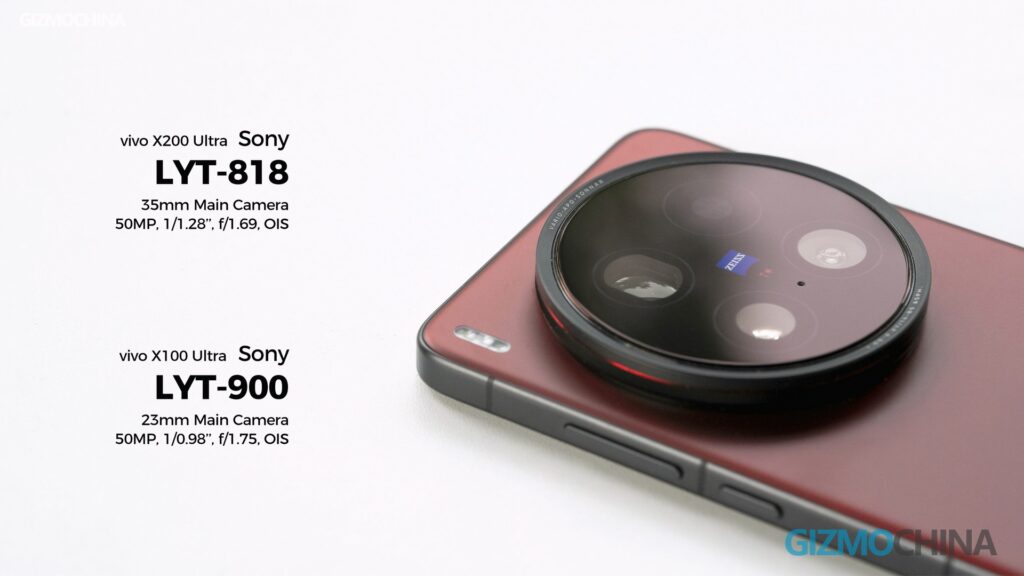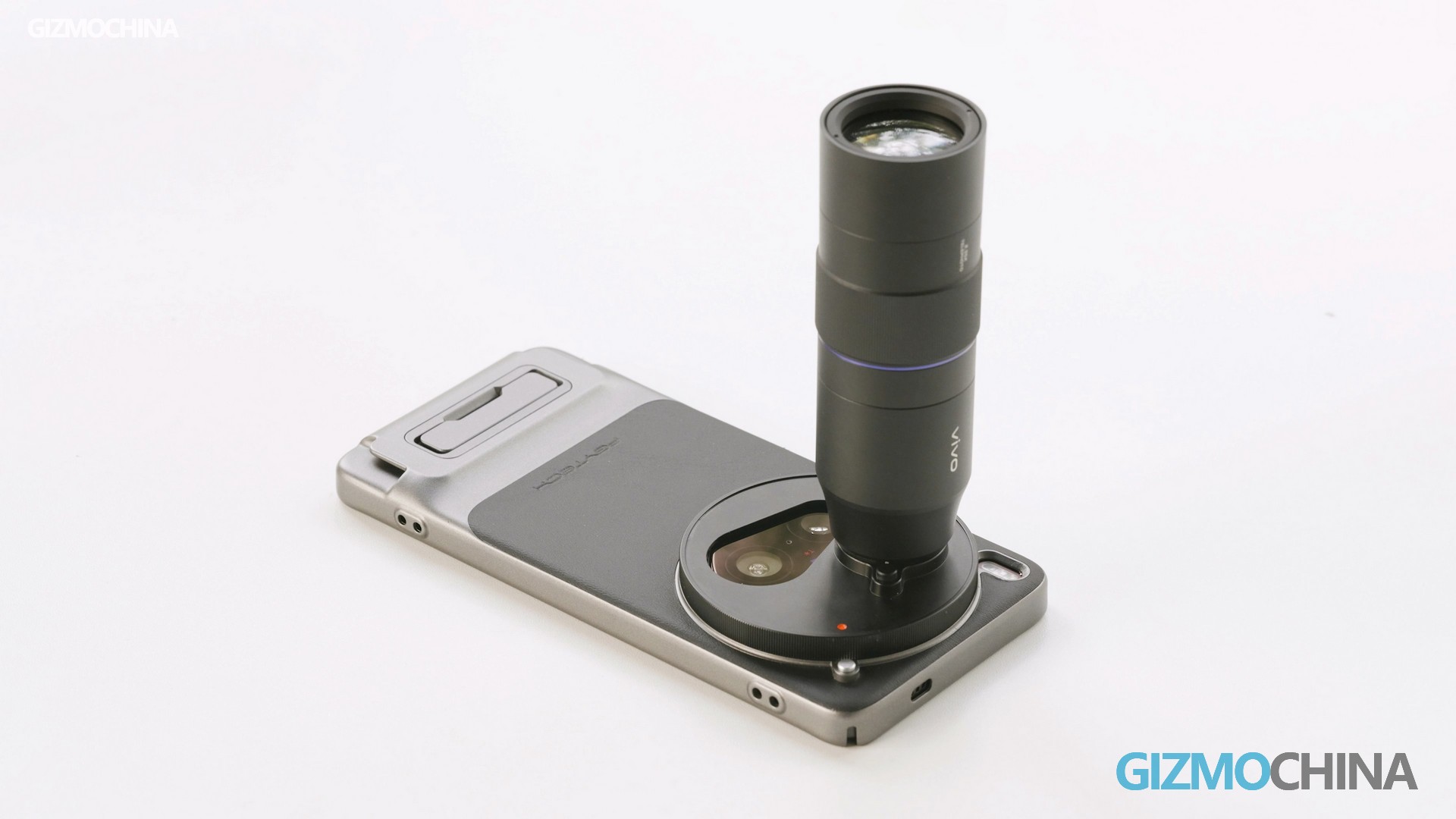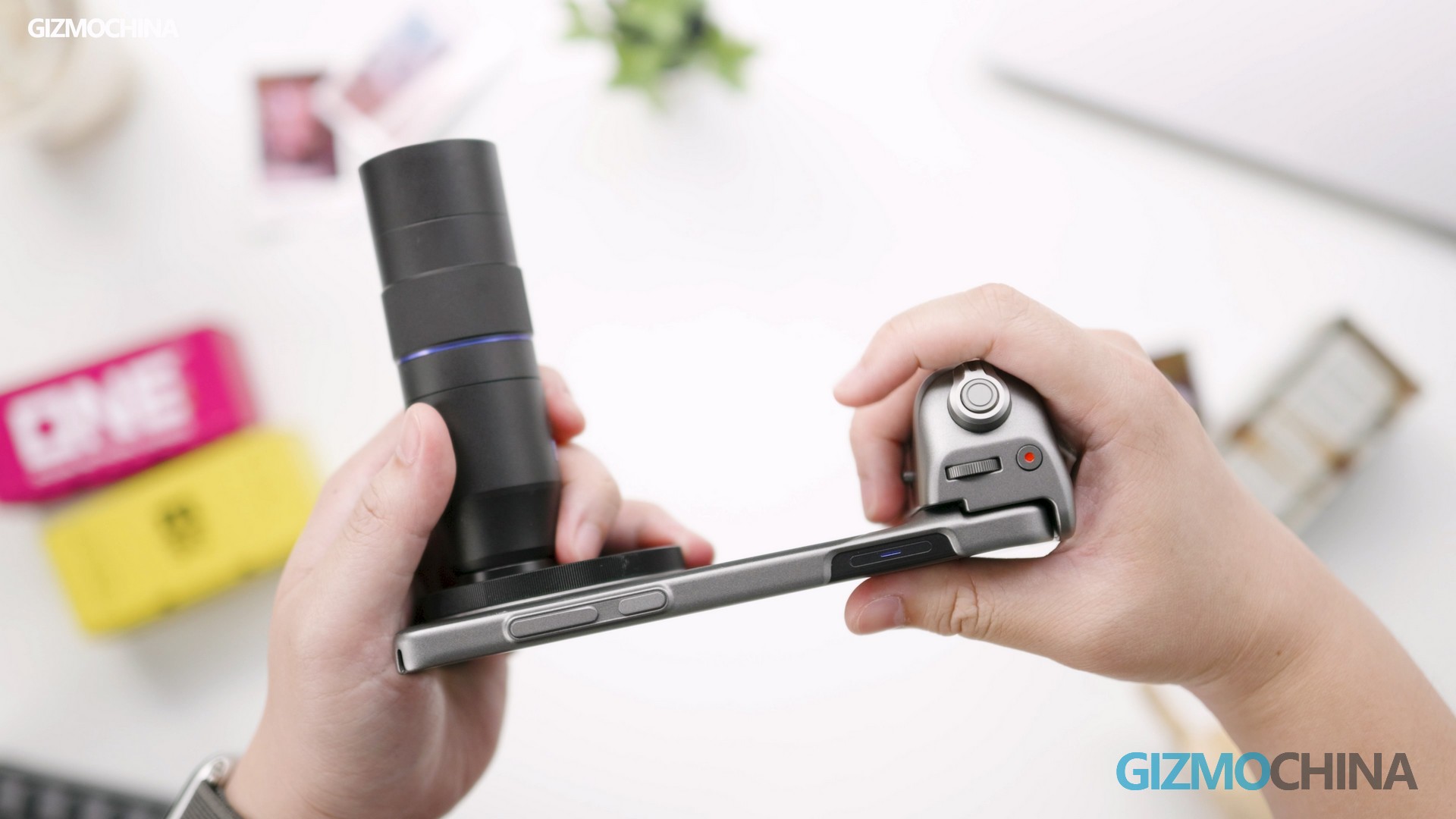The Vivo X200 Ultra launched in April 2025 as a flagship built around photography. Vivo describes it as “a pocket camera that can make calls,” and our review team found its photo and video capabilities genuinely impressive. Here’s what sets the X200 Ultra apart, especially its standout camera system.
Triple-Camera Setup with Big Sensors
On the back, the phone has three high-end cameras. The main one is a 50MP sensor (Sony LYT-818, 1/1.28″) with a 35mm f/1.7 lens and advanced stabilization. Vivo worked with Zeiss on the optics, using a Zeiss T*-coated lens and a new GLC 2.0 glass to cut down on glare. The ultra-wide camera also uses a 50MP Sony LYT-818 sensor (1/1.28″) with a 14mm f/2.0 “Hawk Eye” lens, which Vivo says lets in 181% more light than the last version. Both the main and ultra-wide cameras have optical image stabilization. The main camera uses gimbal-style OIS, and the ultra-wide has dual-axis OIS.

The third camera is a 200MP telephoto lens using a Samsung Isocell HP9 sensor (1/1.4″) with an 85mm (about 3.7× zoom) f/2.3 periscope lens. Vivo says it’s the first APO-grade telephoto in a phone, using a six-element Zeiss lens and 5.0-level OIS to cut down on color fringing. This camera gives sharp detail even when zoomed in. You can also buy a Zeiss 200mm converter to extend it to about 8.7× zoom. All three cameras include laser autofocus and Zeiss T* coatings. Zeiss also helped tune the color output for more natural results.
Consistent Quality Across All Lenses

Each camera performs well on its own, but together they cover a wide range of zoom levels. Notebookcheck pointed out that the sensors are close in size—about 1/1.28″ for the main and ultra-wide, 1/1.4″ for the telephoto—so image quality stays consistent across lenses. That means you can shoot at 14mm, 35mm, or 85mm without worrying about a drop in quality. Gizmochina even said that “every camera can be the main camera.”
Two Image Chips for Better Photos
Inside, the phone has two dedicated image signal processors. The VS1 chip handles pre-processing and uses AI to help with things like background blur, HDR, and noise reduction. The V3+ chip handles post-processing. Together, they boost image quality well beyond the previous model.
Shooting Modes and Video Features
The camera software includes several shooting modes. There’s a “Humanistic Street Photography” mode locked to 35mm with a film-like look, and night modes like “Super Moon” and “Starry Sky” for low-light scenes. All three cameras can shoot high-quality video, including 8K at 30fps and 4K at 60fps in 10-bit Log. You can also shoot 4K slow-motion at 120fps. Vivo says the phone captures up to 14 stops of dynamic range and supports Dolby Vision HDR recording.
The software also lets you tweak sharpening and color. There’s a “Zeiss Natural Color” mode for more accurate colors, though default settings are a bit vibrant, and some users may want to adjust them.
Add-On Gear for Serious Shooters


Vivo also made hardware accessories for photography. The phone has a camera button that works like a shutter or zoom control. There’s an optional “Photography Kit” that adds a battery grip with controls and a 67mm adapter for extra lenses. One of those lenses is a 2.35× Zeiss teleconverter, turning the 85mm lens into about a 200mm f/2.3 lens—around 8.7× zoom. These accessories are sold separately and give the phone a DSLR-like setup. Gizmochina noted the grip and lens are mostly plastic, but they add useful features like tripod mounting and extra battery life.
For more daily updates, please visit our News Section.
Don’t miss a thing! Join our Telegram community for instant updates and grab our free daily newsletter for the best tech stories!








Comments